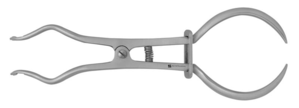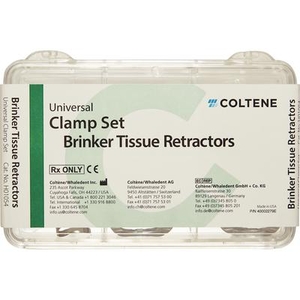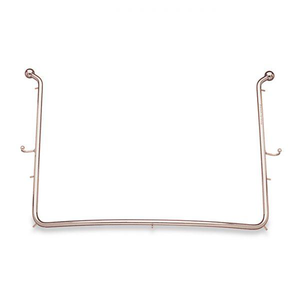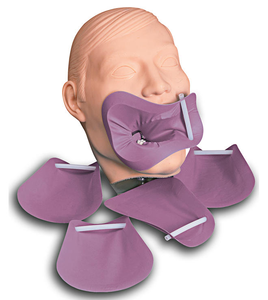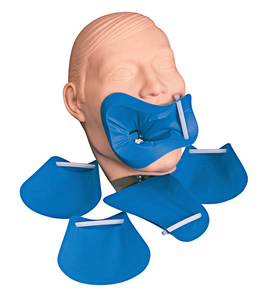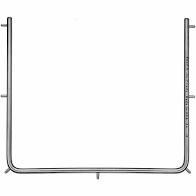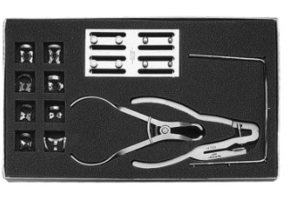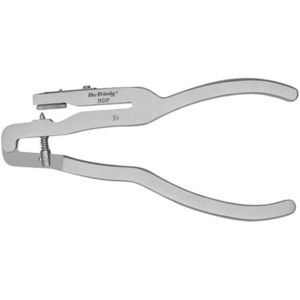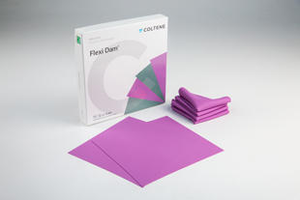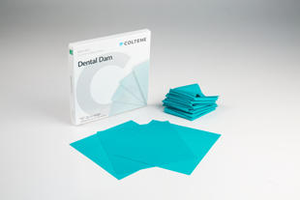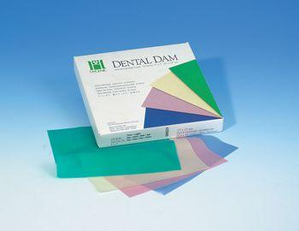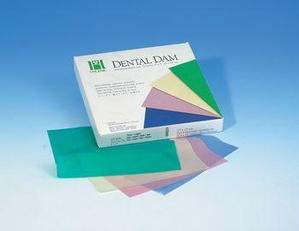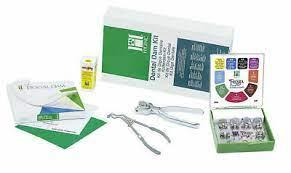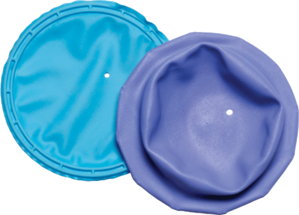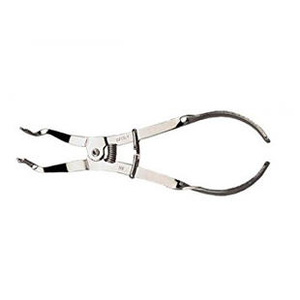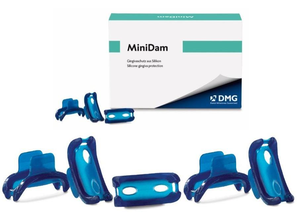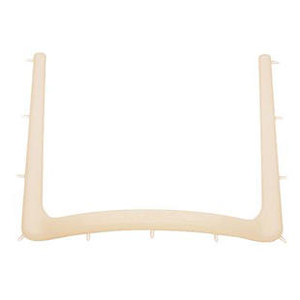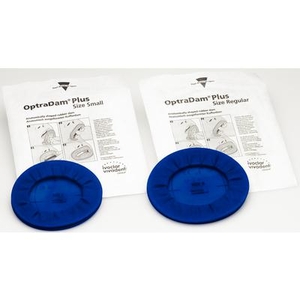Rubber Dam
First introduced in 1864, rubber dams boast a long history in dentistry. While some practitioners use them more than others, their role remains indispensable. But some assistants struggle punching dams accurately, which leads to skewed placement and frustration.
A simple tool, like the Hygenic Tooth Stamp, helps clinical teams produce consistent results without the guesswork. A standard ink pad can be used to create a tooth map on the dam, so holes end up where they’re needed. A perfectly-punched dam placed with a Hygenic Dental Dam Frame helps you produce better dentistry with less stress.
continue reading Show Filters
- Acrylics
- Alloys
- Anesthetics
- Articulating Material
- Bur Blocks & Accessories
- Burs & Diamonds
- Cements & Liners
- Core Build-Up Material
- Cosmetic & Restorative
- Crowns
- Dental Instruments
- Digital Imaging
- Disposables
- Emergency Products
- Endodontics
- Evacuation Products
- Finishing & Polishing
- Gloves
- Implant Products
- Impression Material
- Impression Trays
- Infection Control
- Laboratory
- Matrix
- Pins & Post
- Preventive products
- Prophy Products
- Retraction Material
- Rubber Dam
- Splint Reinforcement
- Sutures
- Tooth Whitening
- Toys
- Ultrasonic Cleaners
- Waste Management
- Water Treatment
- Waxes
- X-Rays
showing 1 - 20 of 52 product(s)
Brewer Rubber Dam Clamp Forceps
Price:
$62.99
Brinker Clamps Tissue Retractors B1-6 (Hygenic Coltene)
Price:
$83.99
Contoured Adult Rubber Dam Frame (Young)
Price:
$157.99
Handi Dam Pre-Framed "Latex Free" Mauve
Price:
$68.99
Handi Dam Pre-Framed "Latex" Blue
Price:
$44.99
Hu-Friedy - Rubber Dam
Price:
$200.99
Hu-Friedy - Rubber Dam Frame Child
Price:
$35.99
Hu-Friedy Rubber Dam Kit, 8 Clamps and Accessories
Price:
$567.99
Hu-Friedy Rubber Dam Punch #RDP
Price:
$291.99
Hygenic Flexi Dam Non-Latex
Price:
$76.99
Hygenic Non-Latex Dam
Price:
$174.99
Hygenic Ready Cut Latex Dam 6"x6"
Price:
$33.99
Hygenic Ready Cut Latex Dam Children's 5"x5"
Price:
$26.99
Hygenic Rubber Dam Complete Starter Kit Winged #02778
Price:
$537.99
Insti Dam
Price:
$52.99
Ivory Rubber Dam Forcep
Price:
$94.99
Minidam Preframed Rubber Dam Latex-Free 20/Pkg (DMG)
Price:
$35.99
Nylon Rubber Dam Frame
Price:
$29.99
Optradam Plus Latex, 50/Box (Ivoclar)
Price:
$131.99
Ora Shield Dam Napkins Frame Size (50)
Price:
$24.99
Rubber dam clamps are hard to keep organized. Are there any tricks to help?
Dental offices produce up to 200 services with hundreds of components. Without good organization, clinical teams end up flustered and inefficient. Rubber dam clamps often end up in a box interlocked together and difficult to identify.
The Hygenic Fiesta Color-Coded Camp Organizer provides an innovative solution that makes everyone’s job easier. The stainless steel organizer holds nine individually color-coded clamps that rest on matching pegs.
Are there alternatives to a rubber dam?
Rubber dams provide an unmatched resource, combining airway protection and an isolated dry field. In some procedures, like endodontics, a rubber dam is the standard of care and should always be used. The Hygenic Flexi Dam eliminates the time-consuming fitting of a separate frame with its ultra-convenient, built-in-frame! The dam offers an ideal working size of 100 mm x 105 mm to ensure easy placement, and the smooth surface of the plastic frame helps to maximize patient comfort.
Consider Airway Armor from Zirc to assist with orthodontic procedures, pediatric procedures, tooth extractions, try-in and cementation of inlays, onlays, crowns, bridges, and veneers. The flexible material protects the airway from debris and offers general isolation of the working field.
Are there ways to prevent moisture seepage around a rubber dam?
A rubber dam with properly-spaced holes prevents most seepage into the working field. When assistants place the dam, they should invert the material’s edges around the teeth using a hand instrument. A heavy material, like Elasti-Dam Heavy, provides excellent retraction when used this way.
A simple trick that some clinicians use includes placement of a light-cured resin around the tooth’s base. While Dam Cool is primarily used on its own to protect gingiva during bleaching or air abrasion procedures, it may be placed over the rubber dam margin to provide a better seal.
